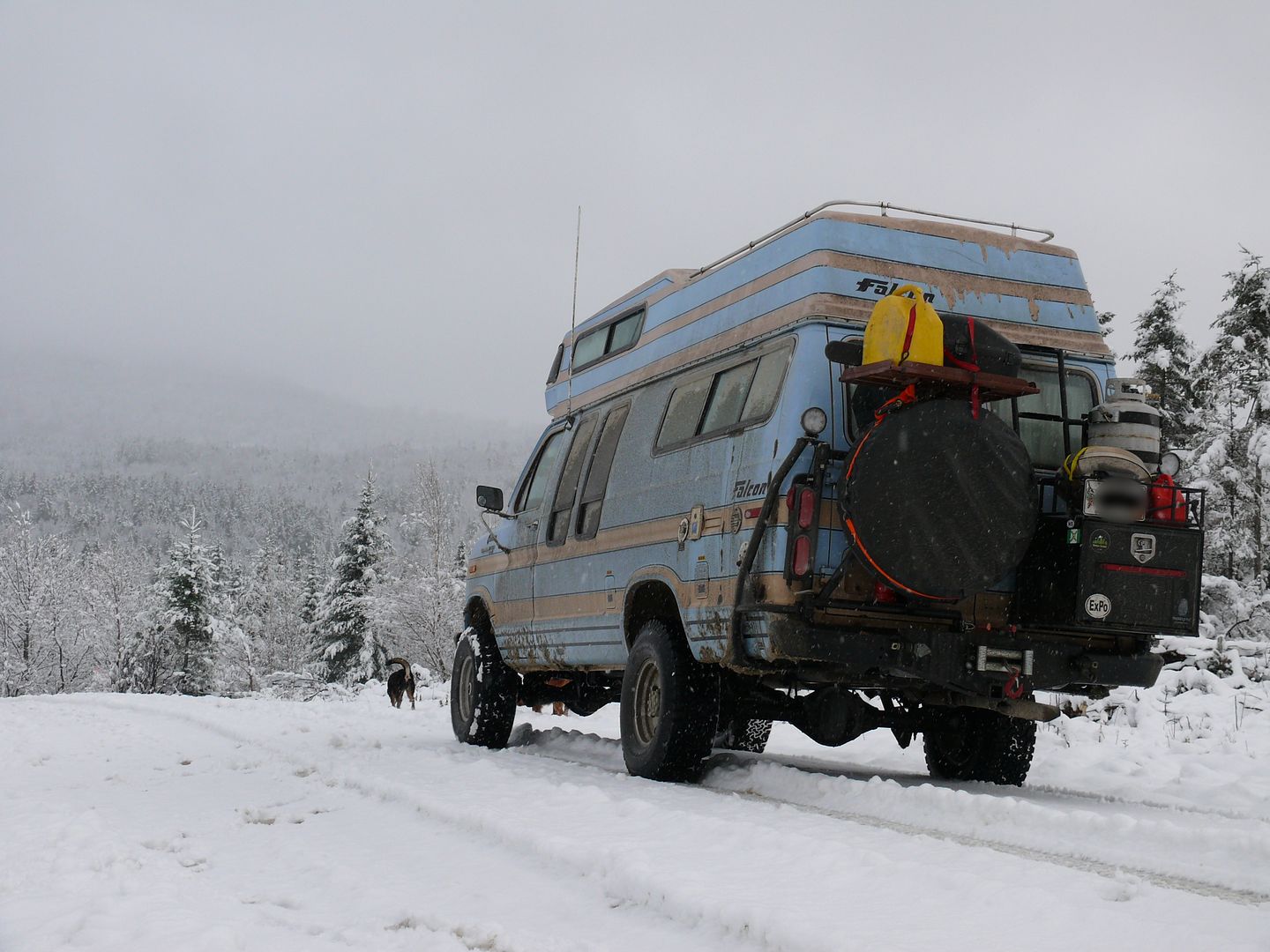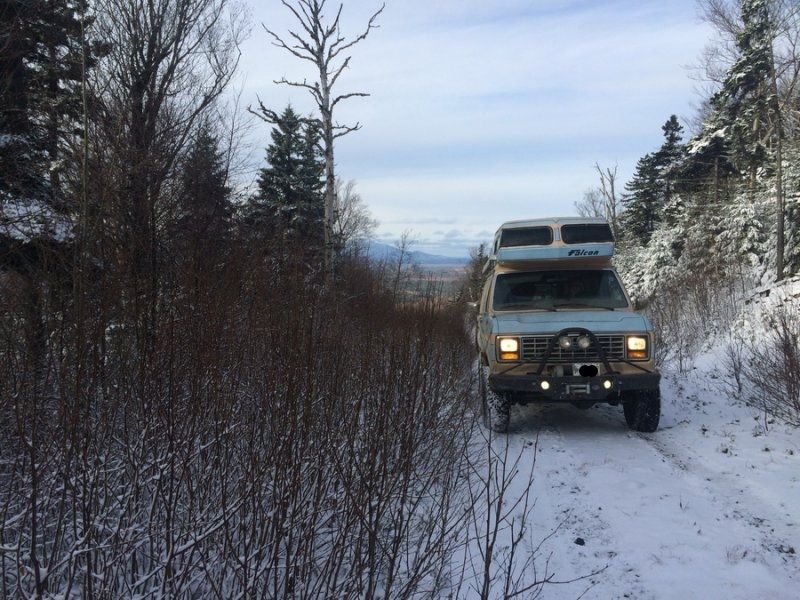A-HA! I've learned two important things today.
1) The tank picture by Andrew was VERY helpful and I really appreciate it BUT it's only slightly relevant to me because it's from CANADA (British Columbia, Specifically). Note the markings of "ONT" (Ontario) to the right of the word "MANCHESTER" and also the "CRN" on the far left of line 4 (down from the top) which stands for Canadian Registration Number and should be found on all permanently mounted propane tanks from Canada.
Learned all that here. Andrew's tank in particular shows CRN of F1301.1234567890. The CRN is actually just the F1301 and the "." while the latter numbers are check digits to differentiate CRNs from regions with lots of them (like how phone numbers got longer as more folks got them). The 1 after the F represents British Columbia as the region of the CRN.
Learned that bit here. So in Canada, the tanks are marked with a code dedicated to their DESIGN while in the US ours are marked with a code dedicated to the Testing/Repairing facility. Also in Canada, portable tanks all expire after 10 years and permanently mounted tanks do not expire (they have no "expiry" date) but are to be inspected before being filled and replaced if faulty.
2)RT = Retest. (Far left, line 2 down from the top, T is very faint and resembles a -. This mark is found on all new tanks but the RT is followed by NOTHING (it's like a blank on a form, to be completed later, as-needed) until the tank is retested then the marks are added to denote the year along with an RIN mark (to show who did the retest). IF Andrew's tank
weren't Canadian, I'd guess the tank pictured was retested in 1993, 2003, or 2013 but I don't know which and the RIN line that would show it is replaced by the CRN line on his tag. I have no idea why his tank is marked "3" by the RT. That retest could have been done by 1 of 3 methods and the next expiration date depends on which method was used. "Volumetric Expansion" buys you another 12 years. "Proof Pressure" is good for 7 years. "External Visual" is good for 5 years. So, how you know which one? "Volumetric Expansion" is denoted by stamping just the RIN and a date, "Proof Pressure" is the RIN, Date, and an "S", and "External Visual" is RIN or VIN, Date, and "E".
Learned that here. My best guess for the SE 2:1 stamp is that semi-elliptical tank heads often have a 2:1 ratio of girth to depth,
as seen here and
here (22 de 56).
So I've added a bit to my knowledge of propane tanks and I'm better armed when shopping for a used one! THANKS EXPO.
Andrew, as for your tank being recertified: No need. They don't expire in Canada. The place that refused to fill your tank probably did so based on its appearance, not anything on the tag. I'd suggest demounting it, cleaning and derusting it (not sandblasting, etc) then painting and remounting. This'll be safer and more convenient for you. Be careful not to damage the tag or to coat it so heavily the markings are blurred. I was told by a propane shop that can do recertifications that the best way to treat a rusty tank that you're very certain is empty and depressurized is to remove the valve, scrub it with a scotch brite pad till all loose, flaky, not very well attached paint and rust are removed, treat any persistent or questionable rust with naval jelly or Derust (chemically removes rust, leaving bare metal) then rinse it and wipe down with dirt and grease remover and take it to be inspected by your local propane shop. You're basically making your tank easy to inspect and making sure any problems or weaknesses are readily visible to the inspector. They say sand blasting can damage a tank (doubt I'd be so careless as to damage my own tank that way but I can see some monkey with a media gun getting carried away and warping something or destroying threads, etc) and that the media can be very tough to remove from the tank and that it's frankly unneccessary on a tank that's safe to use anyway. After it passes there you can treat any surface rust with a rust converter like
Rustoleum's Rust Reformer or they suggested Permatex brand but they also sell it so

...and then prime and paint with quality paint (they suggested hard enamel for equipment and tanks) and re-install/re-seal all the valves and gauge, etc. You can probably skip the inspection step since it's not legally necessary where you live and just be very scrupulous of the tank while it's scrubbed down and decide whether the rust/damage concerns you as far as keeping it. Not a place to skimp on safety. Good luck!
.
.
For clarity, LPG tanks, mounted and portable, can be made legally usable forever. Kept in good repair and (for the US) repeatedly retested after as many as 12 years depending on method, you can reuse propane tanks forever so long as there's no damage that makes them unsafe to use. The fixtures: valve, gauge, regulator, etc can all be replaced.




